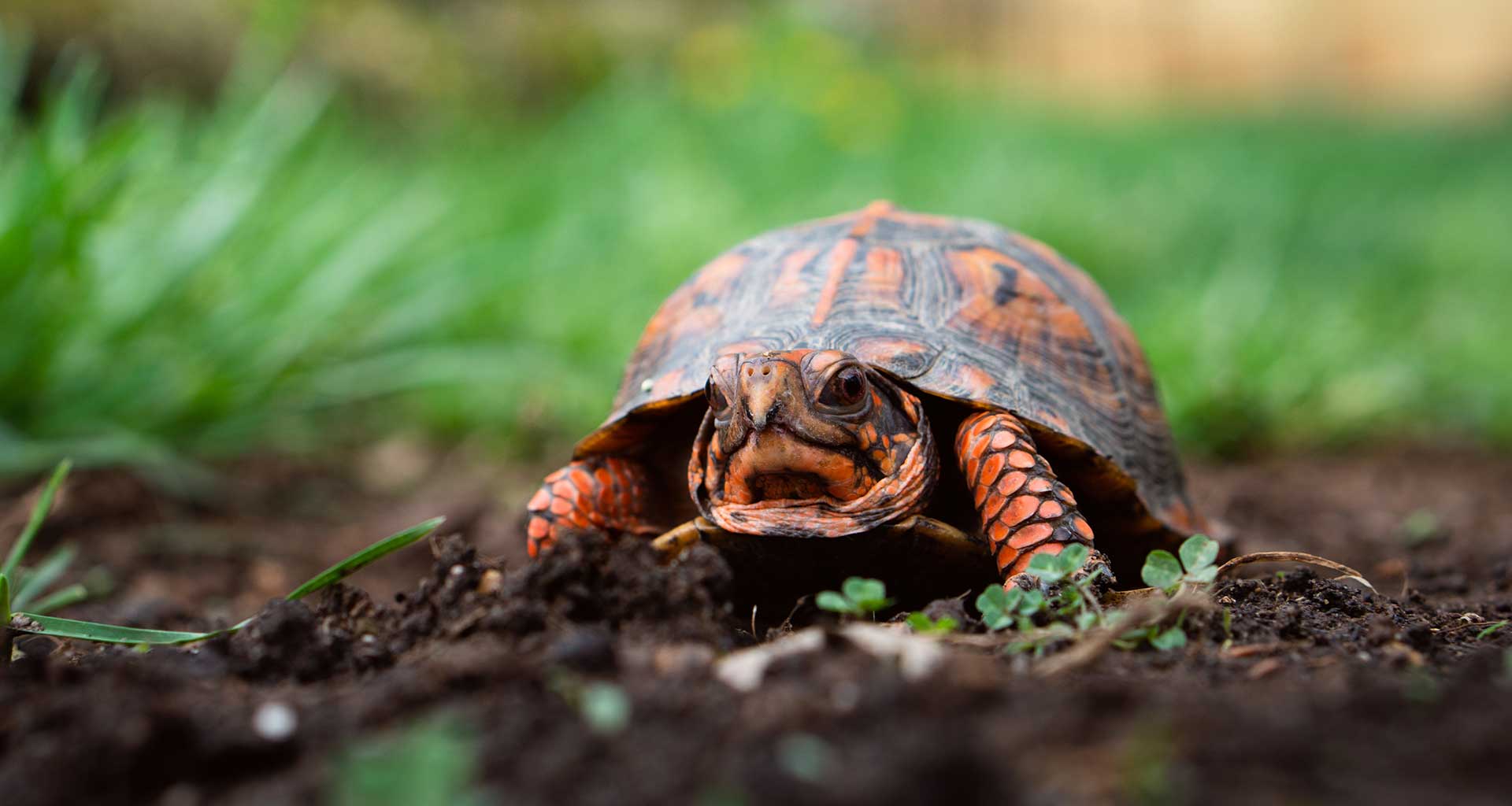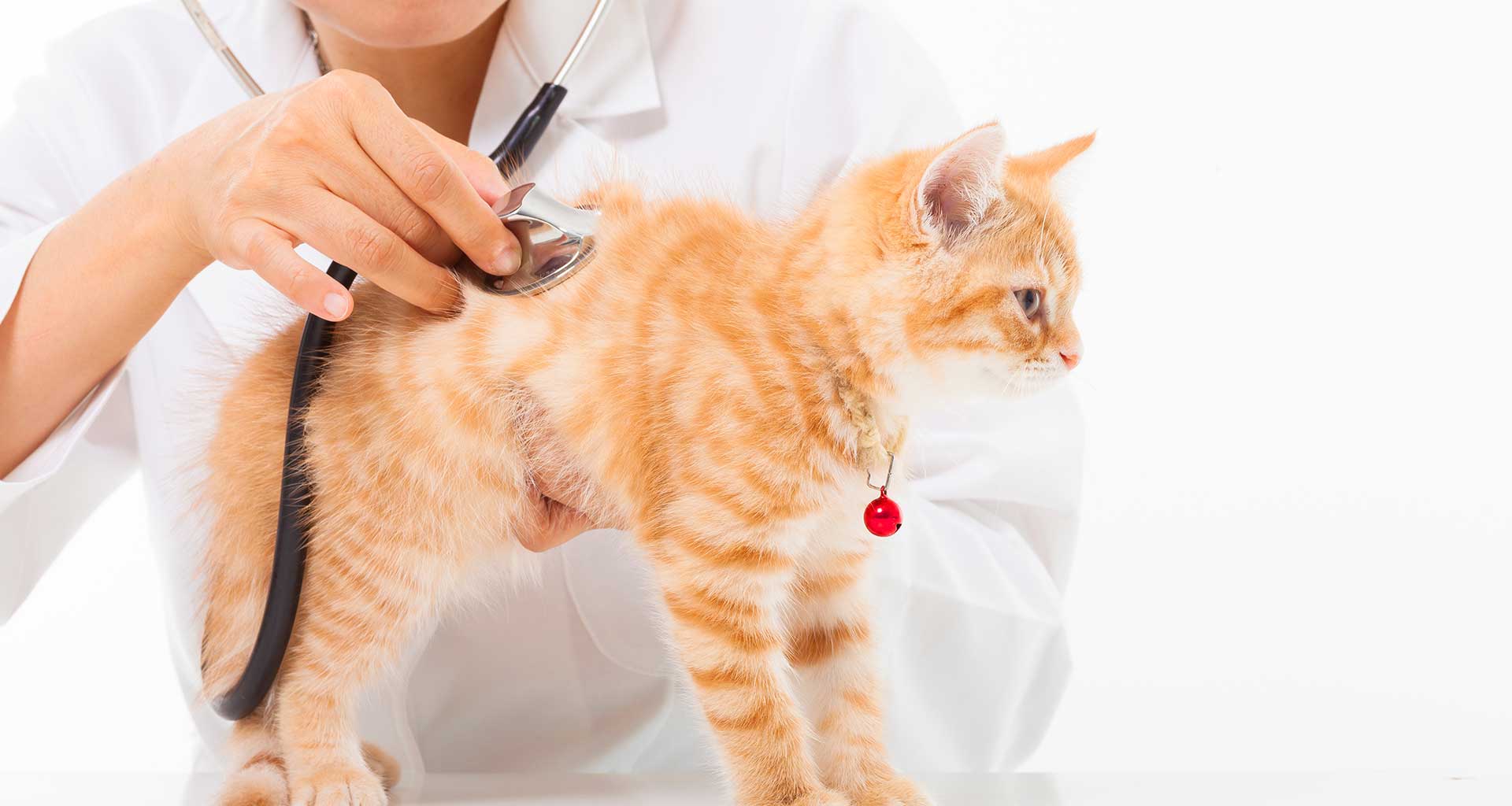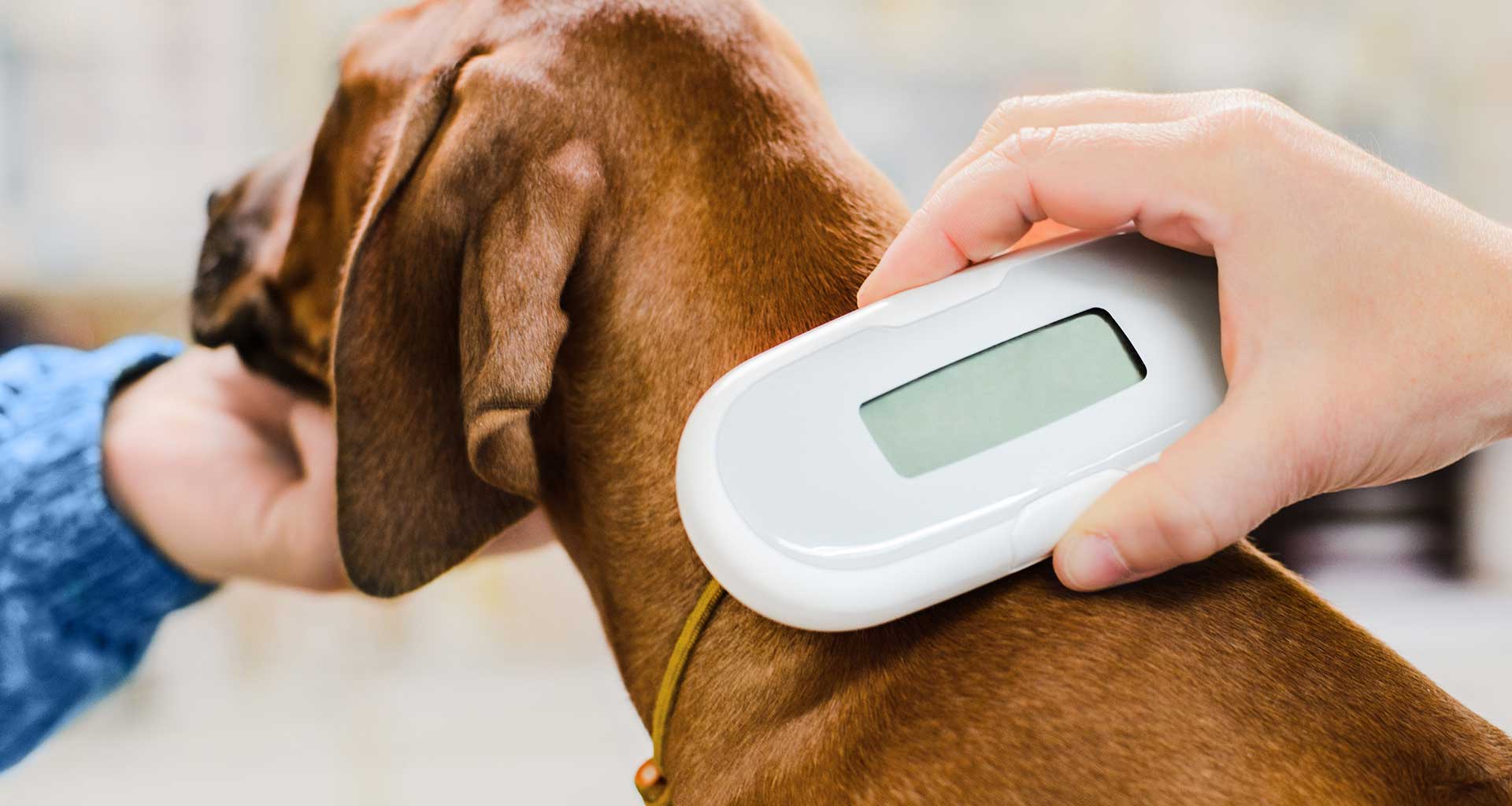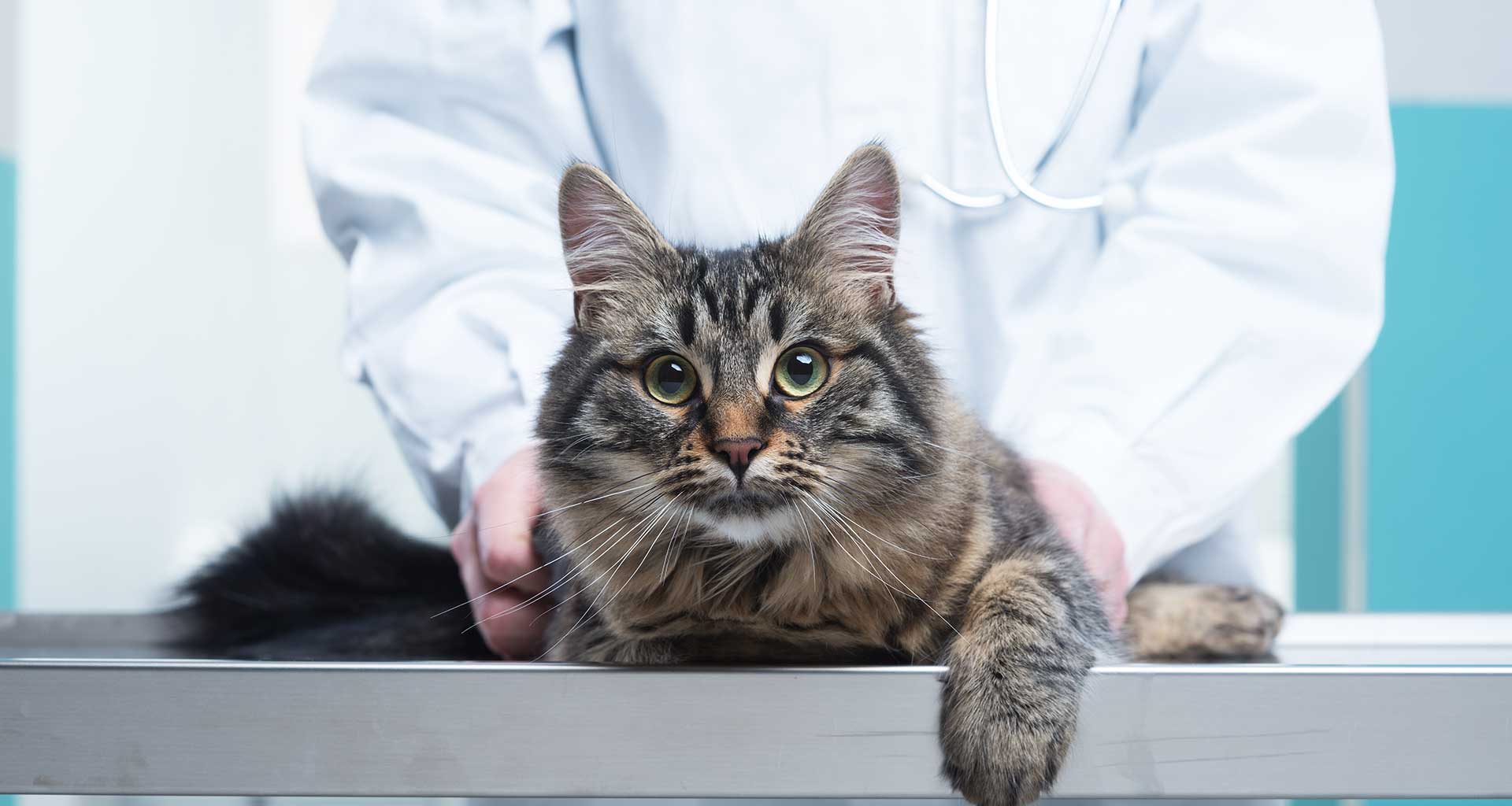Australia is a country with a unique and diverse landscape, featuring many unique species of animals. When it comes to pets, Australians can be just as unique. One such species are pet turtles, which are popular among Australian families. Pet turtles come in a variety of shapes and sizes, each one with its own personality and traits. Keeping pet turtles can be an incredibly rewarding experience, as they can live up to decades if properly cared for.
These reptiles are known for their long lifespans, typically ranging from 40 to 80 years depending on species, making them an ideal companion for people who want a pet that will be around for many years.
When it comes to care, pet turtles require more maintenance than other popular pets such as cats and dogs. Though they can be kept indoors or outdoors, they need access to freshwater and aquatic plants in order to stay healthy. The specific environmental requirements of each species should be researched thoroughly before bringing one home as certain turtle species may require UV light or saltwater tanks for optimal health. Additionally, the diet of a pet turtle must consist of fresh vegetables along with commercial reptile food pellets or supplements in order to ensure proper nutrition.

Diet & Nutrition
They make excellent pets for any home due to their lifestyle and generally gentle nature depending on breed. In order to keep your turtle healthy, it is important to understand its dietary needs.
A pet turtle’s diet should consist of a variety of vegetation such as dark green leafy vegetables, aquatic plants and algae tablets, fruits in small amounts, insects like crickets or mealworms, live fish as treats occasionally, and commercially produced turtle food pellets. When feeding vegetables, you must ensure they have been washed thoroughly before consumption as they may contain pesticides that can be harmful to the turtle’s health.
For those turtles with particularly sensitive digestive systems it may be necessary to blanch vegetables by boiling them briefly first. A well-balanced diet for pet turtles should consist of natural foods like insects and plants, as well as commercial turtle diets available from most pet stores. Insects like crickets and mealworms provide protein while vegetables help fulfill the need for vitamins, minerals and fiber. Some other food items to offer your pet turtle include cooked fish or meat, commercial reptile pellets, algae wafers, boiled eggs, earthworms and bits of fruits like melon or strawberries. Offer only small portions at a time – no more than what your turtle can eat in 15 minutes – to avoid overfeeding and pollution of the tank water with uneaten food particles.
Habitat & Housing
When keeping pet turtles in Australia, it is important to provide them with a suitable habitat and housing. The turtle’s habitat should be designed to mimic their natural environment as closely as possible, providing enough space for the animal to move around freely.
The size and type of housing that you choose for your pet turtle will depend on its species, age, and size. For example, larger turtles such as Sulcate tortoises need a large enclosure that allows them to explore and roam around freely. Smaller turtles may require an aquarium or terrarium with adequate air circulation and temperature control.
Habitat accessories such as logs or rocks can help create a more natural environment and provide the turtle with places to hide or bask in the sun when needed. Creating an appropriate habitat for pet turtles involves providing adequate space, proper heating and lighting sources, and suitable furnishings. Optimal temperatures should range from 22-26 degrees Celsius during the day, with colder temperatures at night. A UVB light is also necessary for reptiles as it helps their bodies process calcium correctly, this should be left on for 12-14 hours each day. Finally, turtles will need plenty of places to hide and investigate – like rocks or logs – so make sure your setup provides enough items for enrichment activities.
Handling & Care
When it comes to owning and caring for pet turtles, Australia is home to some of the most exotic species in the world. Although captivatingly beautiful and a source of happiness for many, pet turtles require specialized handling and care that must not be overlooked or underestimated.
First, it is important to understand the legal requirements for pet turtle owners in Australia. Many species of pet turtles are protected by law under CITES (the Convention on International Trade in Endangered Species of Wild Fauna and Flora) regulations, meaning any person wishing to own or trade them must obtain an appropriate permit from their relevant state or territory government authority.
In addition to this compliance requirement, potential owners need to be aware that keeping a turtle as a household pet requires significant commitment: many species can live 40+ years so their welfare must be ensured throughout this entire time span.
Turtles are delicate creatures and require special handling techniques when it comes time to move them or clean their enclosure. It is important to always wash your hands before and after handling them and avoid direct contact when possible. Additionally, they should be held close to the ground so that they don’t over-exert themselves while being handled or touched. As they are reptiles, they must also have access to proper lighting in order for them to thrive as well as adequate air flow in order for them not become stressed due to lack of oxygen.

Health Considerations
Pet turtles can carry and transmit salmonellosis, an illness caused by Salmonella bacteria which can cause diarrhea, fever and abdominal cramps in humans. To reduce the risk of transmission, it is essential to ensure that all pet turtle carers practice good hygiene when handling their animals. This includes washing hands with soap and water before and after contact with the turtle or its environment; providing clean water for swimming; avoiding contact between turtles and children under 5 years old; cleaning aquariums regularly; ensuring fresh food sources are available at all times; and keeping the turtle’s shell free from algae build-up. Turtles require specific housing conditions like temperature regulation, water filtration, and correct lighting in order to stay healthy. It’s important to research the species of turtle being considered as well as what type of environment they need before purchasing one; different species have different ideal environmental conditions. Additionally, it’s essential to regularly monitor their living space and immediately address any changes that could lead to health problems.
Pet turtles can make wonderful companions, but they require a lot of consideration and care to be healthy. Potential owners should research the different species available and consider whether they have the time and resources necessary to properly care for them. They should also stay up-to-date with local laws and regulations regarding pet turtle ownership. Above all, potential owners should remember that pet turtles are living animals and they deserve to be treated with respect and kindness.
Turtles can also get ill, just like any other animal. Your vet is able to diagnose and treat your turtle for the best possible outcome as well as advise on improvements to housing, diet and care.







